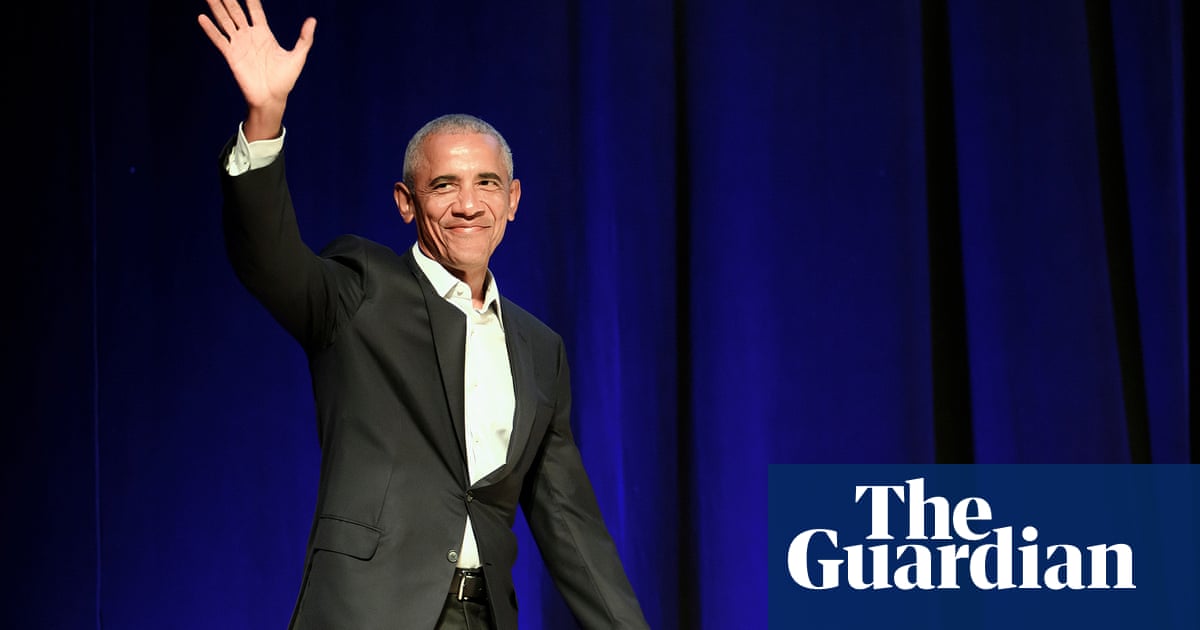UPS plans to shed 20,000 jobs this year, which is about 4% of its global workforce. This decision is not related to tariffs but is driven by increased automation and a strategy to reduce its reliance on Amazon, its biggest customer.
In January, UPS revealed a plan called “glide down,” aiming to cut its business with Amazon by half by 2026. CEO Carol Tomé stated that much of the Amazon work being phased out isn’t profitable and doesn’t fit well with UPS’s operations.
Recently, UPS saw a 16% drop in package volume from Amazon, prompting the company to close 73 U.S. facilities by the end of June. The push for automation is significant, with plans for around 400 facilities to become partly or fully automated.
Tomé mentioned, “With this shift, we will reduce our dependency on labor.” The Teamsters union, representing over 300,000 UPS workers, is ready to contest any layoffs. Its president, Sean O’Brien, indicated the union won’t oppose management downsizing but will protect its members’ jobs fiercely.
UPS’s spokesperson, Glenn Zaccara, reassured that the company will adhere to its contracts. However, UPS did feel the effects of recent tariffs, particularly on imports from China. CEO Tomé remarked that many clients working with China are uncertain about their future actions, hoping for a rollback on tariffs, which have created significant unpredictability.
Tomé highlighted a lack of clarity regarding future orders from China, emphasizing, “We know what’s been announced, but we don’t know what will happen.” She expects the ongoing tariffs to impact customers and, consequently, forecasted a decline in UPS’s revenue for the second quarter compared to last year.
Despite the challenges, Tomé noted that while consumer sentiment has dipped from earlier in the year, the consumer base remains relatively healthy. This dynamic suggests the need for businesses to adapt quickly to changing market conditions while retaining focus on long-term sustainability.
For more insight on UPS’s business strategies and labor relations, check CNN.




















